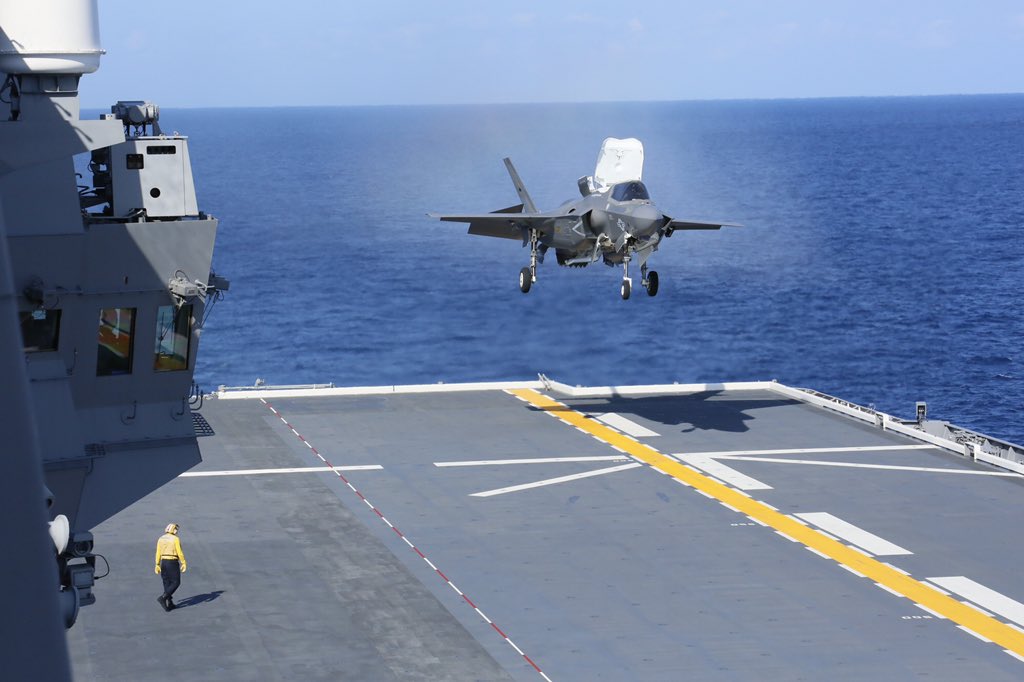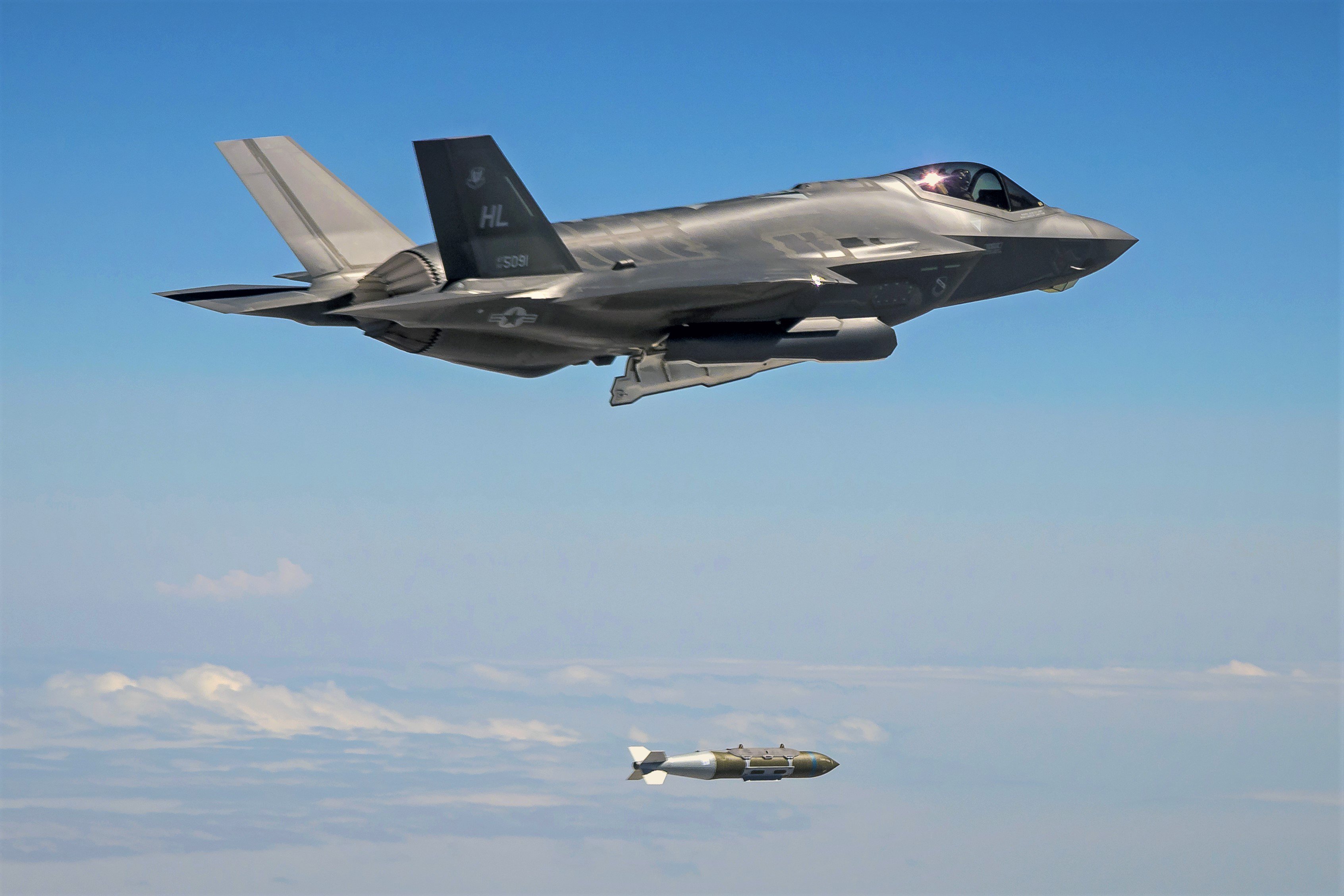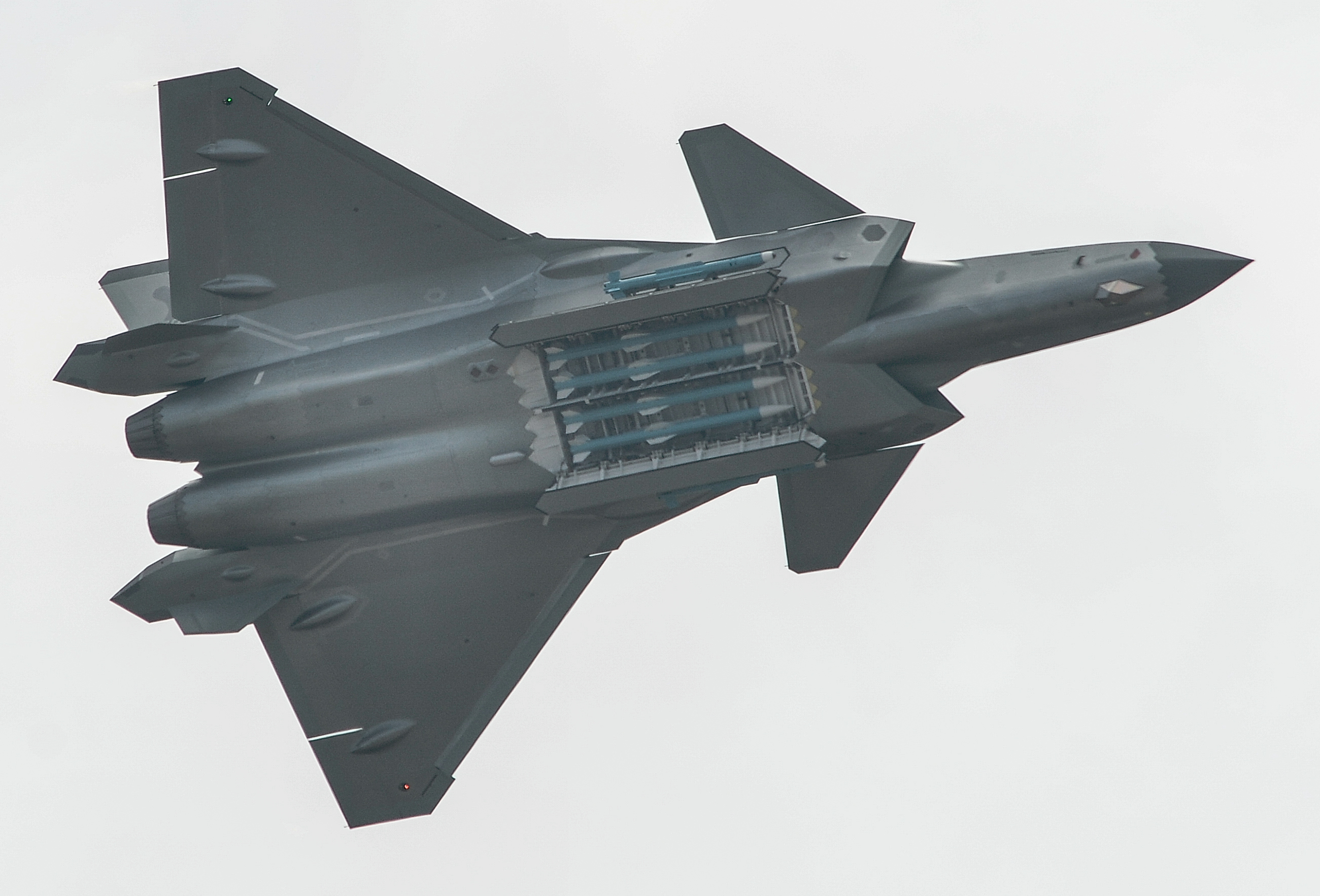For the first time in 75 years, fixed-wing combat aircraft landed and took off from the deck of a Japanese navy carrier recently. The last time this happened was during World War II. Naturally, China hasn’t welcomed this and an article in the state-owned Global Times termed the move “dangerous”.
This development is significant as after decades it gives Japan the ability to project power far from its shores, especially in highly-contested waters bordering China and also in the western Pacific Ocean.
Though this ‘offensive’ capability is forbidden by the country’s pacifist constitution, drafted after World War II, the world has changed much since and newer and immediate threats are looming large over the horizon necessitating a change in the Japanese military’s posture from being a defensive force to one which is acquiring an offensive capability.
Bound To Stir Controversy
Japan was a leading carrier operator in World War II but in the decades since leaders balked at the idea of carriers as they weren’t compatible with the country’s post-war strictly defensive orientation. That’s why this move has generated controversy.

However, as China keeps building naval ships at breakneck speed and keeps extending territorial claim across the Western Pacific, Japanese leadership and military brass thought it prudent to rethink their stance.
So, in 2018 they took the politically bold step of ordering conversion of helicopter carriers Izumo and Kaga into carriers, which could host fixed-wing aircraft.
The aircraft which took part in the exercise weren’t Japanese but F-35B of the US Marines from the Marine Fighter Attack Squadron 242 based in Japan.
STOVL Capability Vital
The USMC F-35s showed off their short takeoff and vertical landing (STOVL) capability as they first hovered on the side of the carrier and then slid sideways and landed vertically. Later they took off without any hiccups from the short runway of the carrier JS Izumo.
US Approves First Overseas Squadron Of F-35A Jets; F-35Bs Get Clearance To Operate From Japanese Carrier
The trial took place a few months after the first of two stages of modification, which has so far cost about $30 million, was finished on the former helicopter-carrying 813-foot-long carrier to make it suitable for embarking fixed-wing aircraft.
Kaga, which is Izumo’s sister ship, is also being outfitted similarly starting this year.
Japan has ordered a total of 147 F-35s from the US, including 42 F-35Bs for carrier operations, which will start arriving from 2023 onwards. This makes the Asian nation the biggest foreign customer of the Lockheed Martin-produced stealth jet.
Each of the ships can carry 12+ of these 5th generation stealth jets fighters. The Japan Air Self-Defence Force operates F-35A.
The unique ability to land vertically and launch from a short distance makes the radar-evading F-35B suitable for small carriers like the Izumo and Kaga.
F-35s To Enhance Japan’s Strike Options
Speaking on the occasion, Rear Admiral Shukaku Komuta of the Japanese Navy said, “The trial has been successful and it proved that Izumo can support landing of V/STOL aircraft at sea. This capability will give us the option of providing air defense in the Pacific Ocean.”
On October 3, the #KokuJieitai participated in #F35B take-off and landing verification test on #JSIzumo, conducted by #JMSDF and US Forces in collaboration. The Koku-Jieitai will continue to make steady preparations for the introduction and joint operation of F-35B.@jmsdf_pao_eng https://t.co/2rrnj0nBvl
— Japan Air Self-Defense Force (@JASDF_PAO_ENG) October 5, 2021
The Admiral didn’t mention, most probably for not antagonizing the Chinese, that the F-35B’s primary role is that of a very capable strike aircraft, which can breach the enemy’s air defense umbrella without being picked up by its radar.
The F-35 is so stealthy that in July 2018, it was reported that three Israeli Air force F-35s flew to Tehran on a test mission and then back to their airbase in Tel Aviv without the Iranians knowing they were overhead. The Iranian air defense failed to detect them.
In the event of hostilities between Japan and China in the future, the F-35B will be used more for striking targets both at sea and on the mainland than air defense.

The maturing of Izumo and her sister ship as flat-tops capable of carrying probably the most lethal combat aircraft today couldn’t have come at a better time when a belligerent China is trying to become the predominant power in the Indo-Pacific by embarking on a massive upscaling of its military and threatening neighbors.
In this scenario, it helps that Japan is rushing to qualify the carriers and the deck crew for frontline service with help of US Marines till their own F-35Bs arrive.
According to Japan’s naval strategy, in event of war with China, the Japanese fleet will be tasked with blocking China’s fleet from breaking out of South China Sea through the northern route and accessing the main Pacific Ocean.
Edge Over Chinese Aircraft
As the battle would rage far away from the Japanese mainland, most probably beyond the range of land-based combat aircraft, the two carriers with their embarked F-35Bs would play a crucial role in not only providing air cover to the entire fleet but also carry out strike missions against surface targets.
The F-35B, with its stealth features, advanced sensors, avionics, and countermeasures would prove extremely useful for the opposing Chinese fighters.

It easily outclasses all combat aircraft in China’s arsenal including the 5th gen J-20, which according to aviation experts, is still a work in progress.
Even in peacetime, China will no doubt be concerned when Izumo or Kaga with F-35B onboard embark on freedom of navigation patrols in the heavily contested South China Sea, which China considers its own.
Korean Crisis: Why France Is Likely Help South Korea Go Nuclear Amid North Korean Missile Launching Spree?
No doubt the move by Japan to place potent fixed-wing platforms on small erstwhile helicopter-only carriers is brilliant though politically sensitive, which will certainly prove its worth in the long run and push the Chinese on the backfoot and force them to think twice before embarking on any misadventure against Japan, its territories or allies in the Western Pacific Ocean.
- Ramandeep Singh Bajwa is a senior defense journalist who has worked in both online and print media. He keenly follows the defense domain and has a special interest in combat aircraft. He can be reached at: bajwa.rs@gmail.com
- Follow EurAsian Times on Google News




